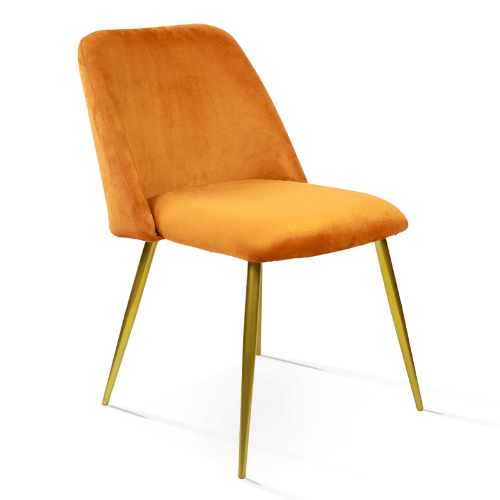Product Consultation
Your email address will not be published. Required fields are marked *
Installing a living room chair typically involves the following steps:Unpack the chair: Carefully remove the chair from its packaging, taking care not to damage any of the parts or upholstery.Assemble any required components: Depending on the type of chair, you may need to attach legs, arms, or other components. Follow the manufacturer's instructions to ensure that the components are attached correctly and securely.Position the chair: Decide where in your living room you want to place the chair. Make sure that there is enough space for the chair to be comfortably used and that it is positioned away from any potential hazards, such as fireplaces or sharp edges.Test the stability: Once the chair is assembled and positioned, test it for stability. Sit in the chair and shift your weight to ensure that it feels secure and balanced. If necessary, adjust the legs or other components to improve stability.Add any accessories: Depending on the type of chair, you may want to add accessories such as cushions or armrest covers to improve comfort or protect the upholstery.
Enjoy your new chair: Once you have completed these steps, your living room chair should be ready to use. Sit back, relax, and enjoy your comfortable new seating!Meanwhile,Living room chairs come in a variety of designs and styles, but most chairs have the following basic structure:Frame: The frame is the structure that supports the weight of the chair and provides its shape. It is typically made of wood or metal and may be covered with upholstery.Seat: The seat is the part of the chair that provides a place to sit. It may be made of foam, fabric, or other materials and is usually attached to the frame.Backrest: The backrest is the part of the chair that supports the back while sitting. It may be made of the same materials as the seat and is usually attached to the frame.Arms: Some chairs have arms that provide additional support and comfort while sitting. The arms are attached to the frame and may be covered in upholstery.Legs: The legs are the part of the chair that support it off the ground. They may be made of wood, metal, or other materials and may have additional supports such as crossbars or struts.Upholstery: The upholstery covers the frame and padding of the chair, providing both comfort and visual appeal. It may be made of various fabrics, leather, or synthetic materials, and may be secured to the frame with staples, glue, or other fasteners.
Some chairs may also have additional features such as reclining mechanisms, swivel bases, or built-in massage functions, which will affect their overall structure and design.
How to Choose Gaming chair and The Structure of Gaming chair
Apr 23,2023How to Choose Accent Chair and The Classification of Accent Chair
May 05,2023Your email address will not be published. Required fields are marked *






Tangpu, Huzhou, Zhejiang, China
0086-15088380506
Copyright © Anji Mingchuang Furniture Co., Ltd. All Rights Reserved.
